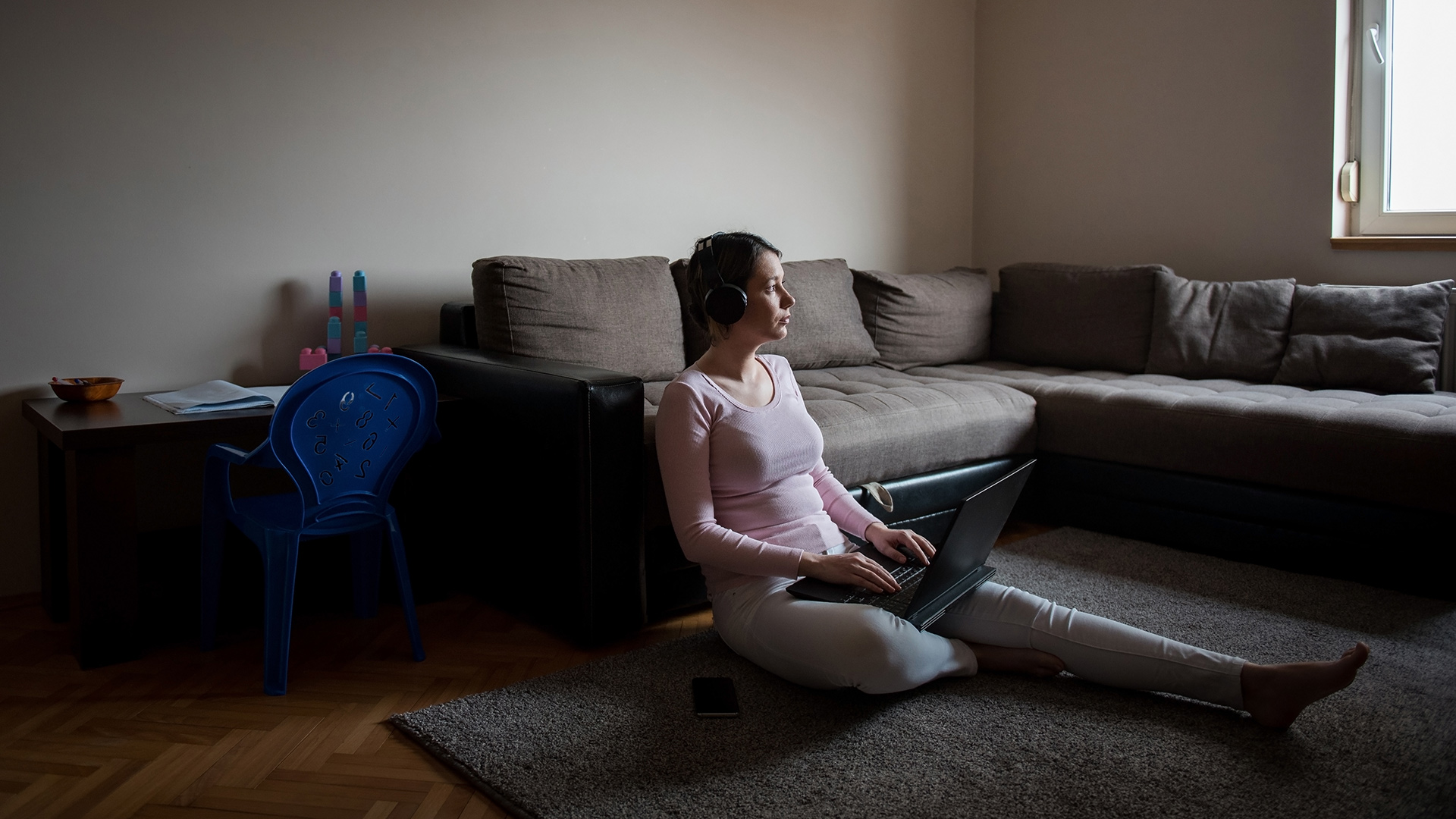Key insights:
- Almost half of all respondents and nearly two-thirds of unemployed respondents report urgently seeking a job, citing financial stress as a key reason.
- People unemployed due to COVID-19 are even more likely to cite financial stress than other respondents.
- People unemployed due to COVID-19 are more likely to be searching for a similar job to what they had before the pandemic instead of seeking a career change.
Like so much else in 2020, job search has changed dramatically over the last several months. In order to learn about job seekers today, Indeed conducted a survey of over 10,000 visitors to the Indeed US desktop homepage during a ten-day period from July 23 through August 2, 2020. A similar survey was run in late 2019 which allows us to benchmark comparisons to job seekers before the pandemic.
With the unemployment rate standing at 10.2% in July, as compared to 3.5% in November of 2019, it’s not a surprise that there is a larger share of people visiting Indeed who are now without a job — but the numbers are staggering. We would expect a larger share of visitors to a job search site to be unemployed than in the population at large — and in late 2019, 26% of survey respondents were unemployed — but in this round that share nearly doubled to 48%.
What’s more, we found that over 70% of the unemployed respondents reported being unemployed due to COVID-19 and that this group is particularly motivated by financial stress in their job search. The survey was conducted as the Federal Pandemic Unemployment Compensation (FPUC) of the CARES Act, which offered expanded unemployment benefits, was expiring and before there was a replacement in place. These job seekers are also particularly focused on finding a similar job to what they had before the pandemic.
Urgent job search
Urgent job search is common, and it’s even more so for the unemployed. Nearly half of all respondents, both employed and unemployed, reported that they are urgently seeking a job. For the unemployed, nearly two thirds reported urgent job search. Unfortunately, at this time jobs are harder to come by.
Financial stress is a key reason for urgently seeking a job for about six in ten respondents, and that stress is more acute for job seekers unemployed due to COVID-19, rising to two-thirds of those respondents.
Looking for a return to normal
In previous surveys we’ve found about an equal share of job seekers looking for a new job in the same field as compared to job seekers who are looking to switch fields. That is still true for the employed respondents in our latest survey with about 30% looking for a similar job and a similar number looking for a career change.
However, those who are unemployed, and particularly those who report being unemployed due to COVID-19, are much more focused on finding a new job in the same field, with nearly 45% of unemployed respondents in this category. Compared to the employed, those unemployed due to COVID-19 are only somewhat less interested in new fields, and are clearly less likely to be looking to advance their career or to be searching in order to relocate. When asked what type of job respondents were seeking, the unemployed were more likely to answer “other,” explaining that “any job will do” and that they’re “looking for a new job, not picky about field.”
Conclusion
COVID-19 has changed the labor market in many ways and has taken a particular toll on those who have lost their jobs in this crisis. The unanticipated loss of so many jobs has left millions urgently seeking new jobs and under financial stress. Many of these job seekers want to go back to their same line of work as before the pandemic, hoping for a quick return to something similar to their pre-pandemic work lives.
Methodology
A survey of 12 possible questions was presented in English to 5% of job seekers on the Indeed US desktop search engine return page (SERP) during a ten-day period from July 23 through August 2, 2020. Over 10,000 (10,604) users responded to the survey, though drop-off did occur as respondents moved through the questions, which were presented one at a time. A similar survey was conducted for the week between October 31st and November 7th, 2019 which had 7,306 respondents. Thanks to Georgia Gallavin and Valle Hansen for their work producing the surveys.






